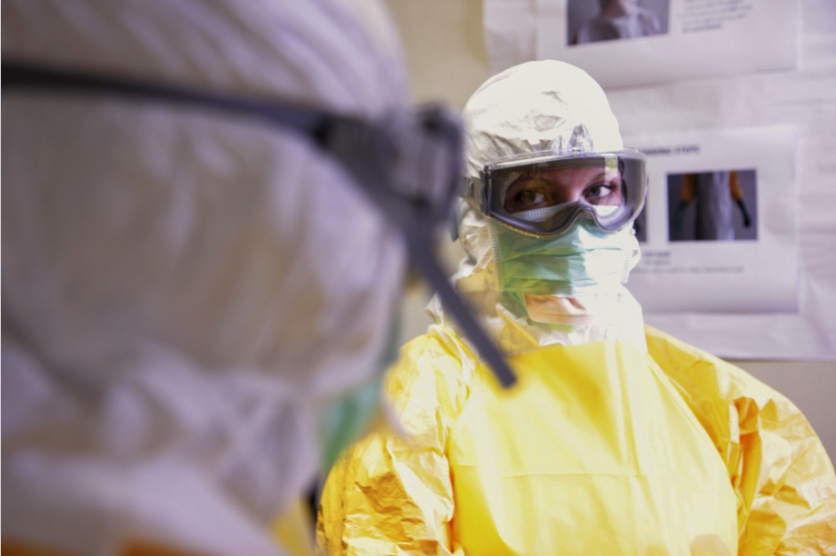A video showing just how far droplets from cough can travel up to 12 feet, almost double than what social distancing guidelines show.

Why You Should Be Aware
Health experts, as well as governments around the world, have mentioned that people should keep a safe distance of two meters or six feet from one another to be able to minimize the spread of the coronavirus.
The notion of practicing social distancing of six feet is now shattered due to what experts at Florida Atlantic University. They conducted an experiment using a mannequin to show just how far air travels after a "light" than "heavy" cough.
Laser lights were able to illuminate just how far the gas and droplets were able to travel. It also showed that the droplets could linger in the air for more than a minute.
The experiment was able to emphasize once again the importance of social distancing and explains as to how quickly the coronavirus was able to spread in highly populated cities.
The naked eye can't detect the air that was exhaled from a cough, even more, the tiny particles contained in it. Those particles and droplets that are usually enclosed by a single cough can range to five to 500 microns. In comparison, a fine grain of sand is only 100 microns.
The larger particles, which are thought to be the main transmission of the coronavirus, falls to the ground within just a short distance due to gravity. The smaller particles, which are less than five microns, can be carried at much longer distances by air.
Read More : N95 Masks With Valves Shouldn't Be Used Anymore Since It Will Still Get You Infected, Experts Say
What Did The Experts Discover?
The team at Florida Atlantic University's College of Engineering and Computer Science was able to emulate coughs that had particles from 10 to 20 microns, which can be considered of larger sizes.
The emulated cough jet came from an orifice representing the mouth, which was attached to a mannequin and other props.
The team used a method called flow visualization, which shows flow patterns to become visible in fluids like air and water.
Dr. Manhar Dhanak, the person who conducted the study alongside Dr. Siddhartha Verma, said: "Our goal was to demonstrate the fate of smaller size particles that are present in the exhaled jet of a cough,"
"The fog is initially warmer than the ambient air, just as in the case of an exhaled cough-jet, however, it cools as it travels through the air."
The scientists were able to mix water and glycerin to imitate what comes out of the mouth and nose when coughing.
The Findings
The particles coming from a "heavy" cough or sneeze traveled three feet in just a matter of seconds, while after 12 seconds, it reached six feet, and after 41 seconds, it went to nine feet.
From a heavy cough, the researchers were able to determine that the particles can travel up to 12 feet while a lighter cough can travel up to nine feet.
Dr. Stella Batalama, dean of FAU's engineering college, shared: "There is currently a gap in knowledge over how COVID-19 spreads as well as a scientific debate about how the disease moves in the air ... This experiment will help to shed more light on the spread of the disease through aerosols."
ⓒ 2025 TECHTIMES.com All rights reserved. Do not reproduce without permission.




